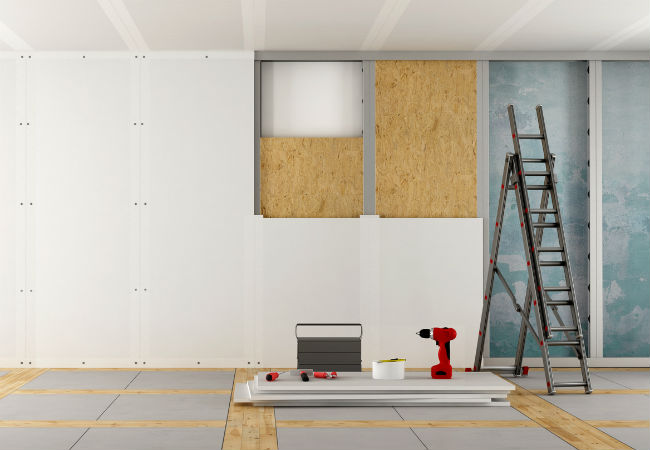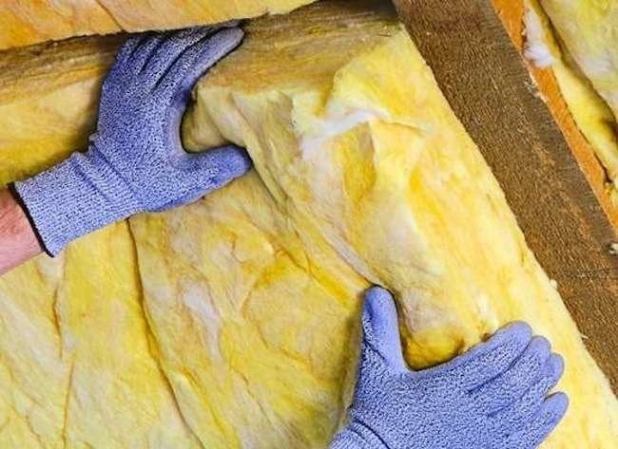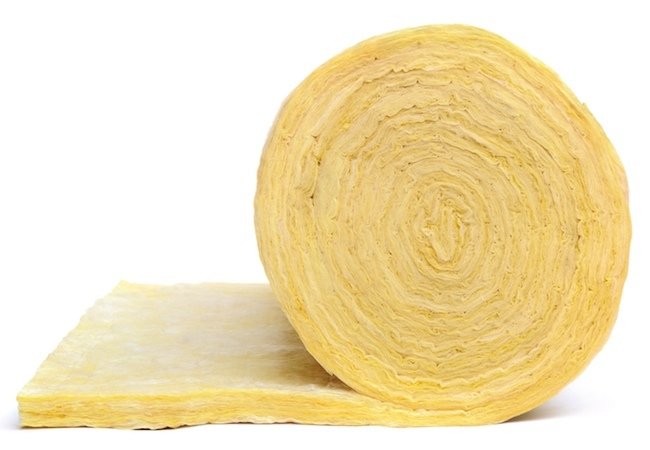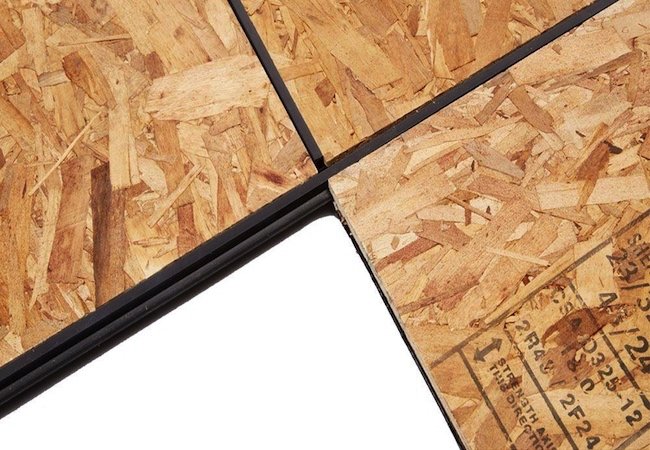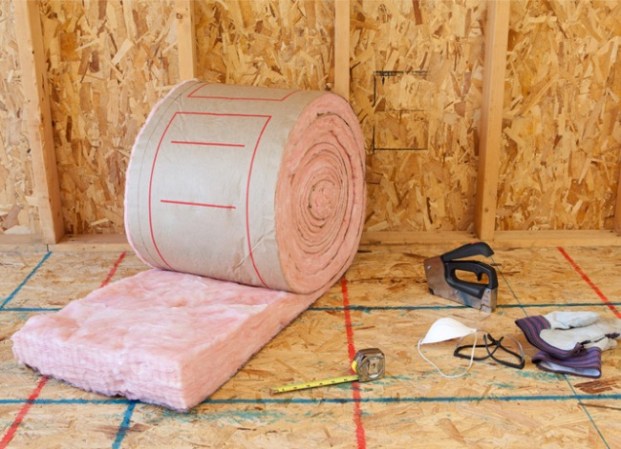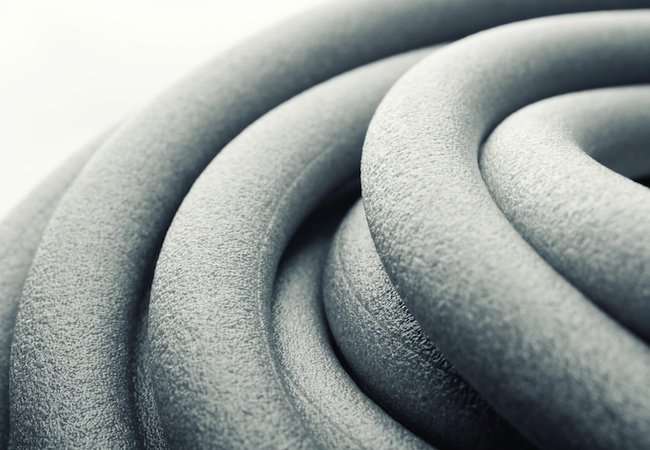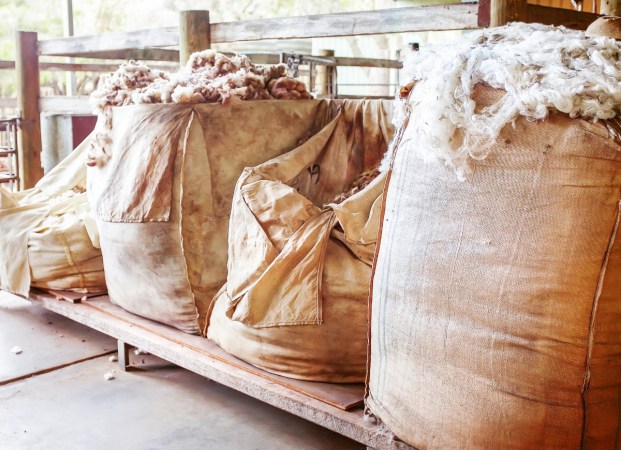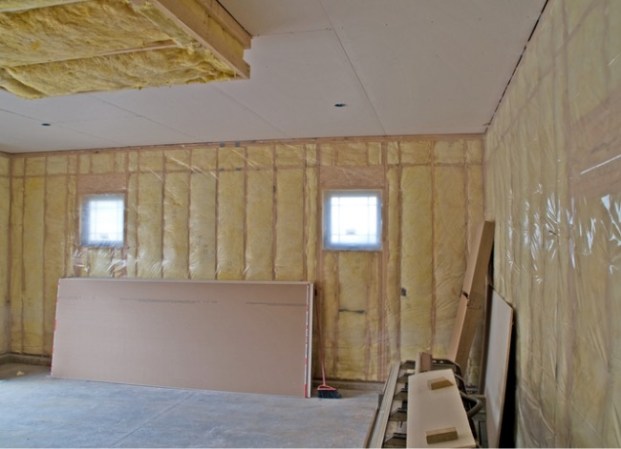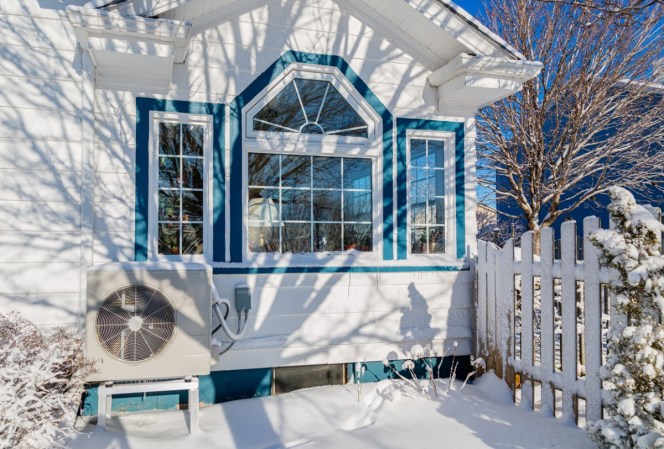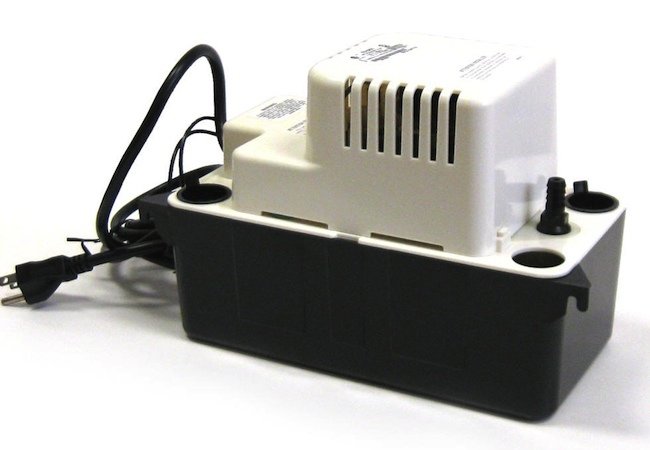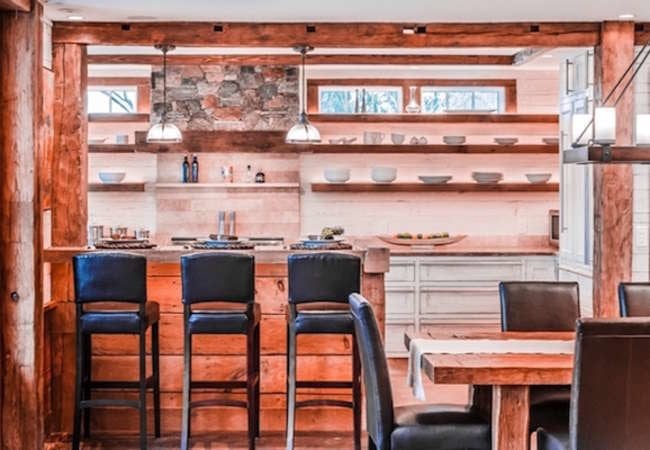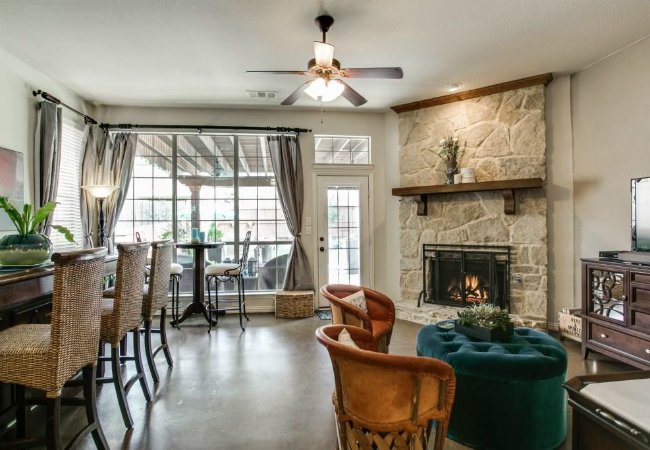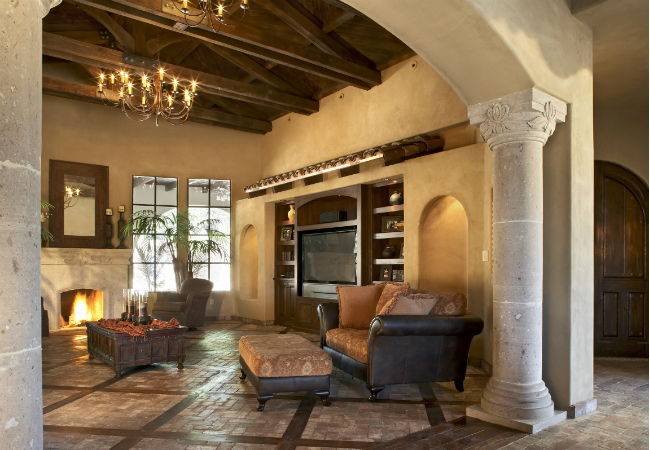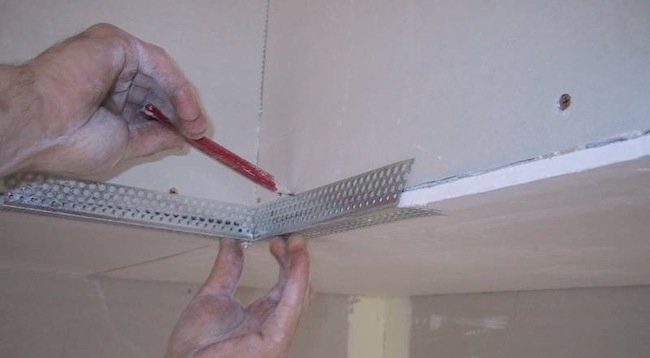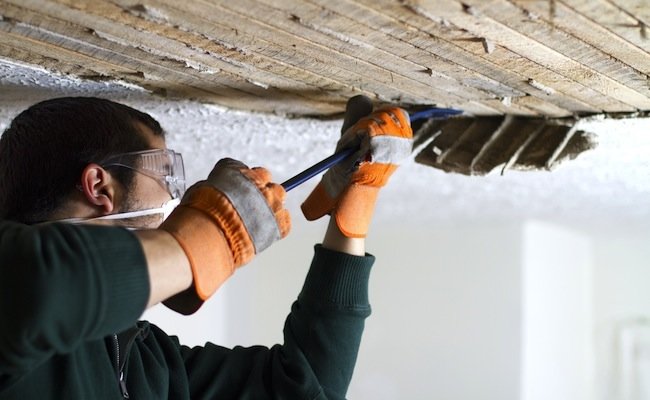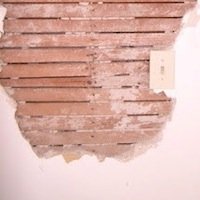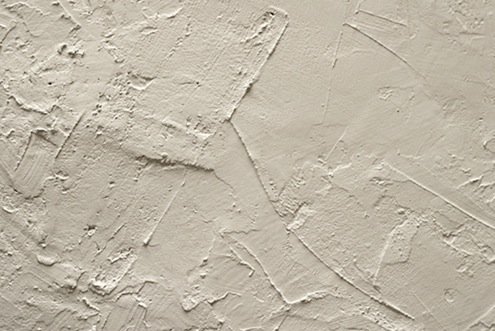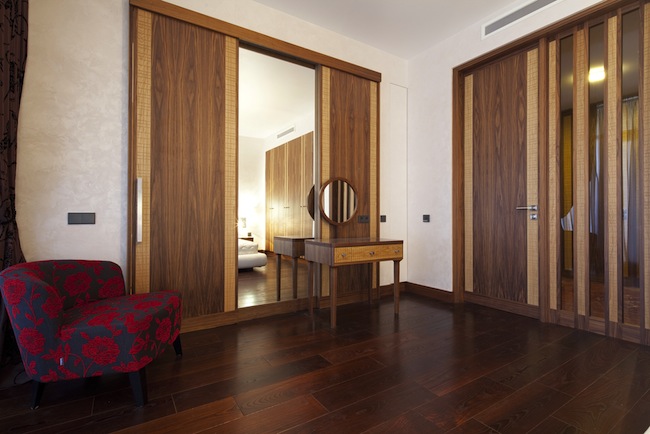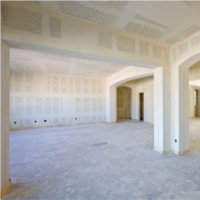We may earn revenue from the products available on this page and participate in affiliate programs. Learn More ›
If you’re thinking of taking on a wall construction project in your home, you’ll likely hear of two options: drywall and plaster. Newer homes tend to feature drywall, a material comprised of gypsum sandwiched between two sheets of paper and usually sold in 4-foot-by-8-foot panels. Drywall installs quickly and fairly easily by screwing it into the studs of the wall, and today it comes in a variety of thicknesses and other options to choose from. Plaster and lath, on the other hand, is a more labor-intensive but high-end wall treatment where workers nail lengths of wood called lath to the studs and then apply several coats of plaster over top, used in most homes built before World War II.
Both methods have their respective strengths and weaknesses, so we’re breaking down the two materials here—drywall vs plaster. Keep reading for what you should consider before planning your next project.
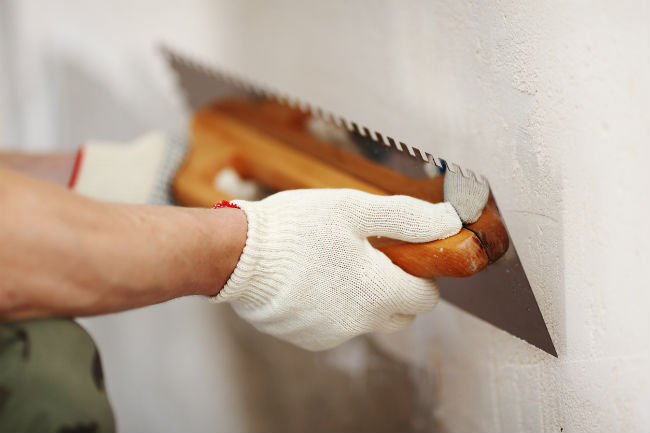
Plaster is more labor-intensive than drywall.
In fact, the shortage of workers during WWII is one of the reasons for drywall’s spike in popularity. Today, plasterers are more specialized tradesmen than drywall installers, so having the skilled laborers available in your area is the first thing to check before committing to the high-maintenance material. As far as repairs, they can run the gamut from being as simple as touching up a little bit of plaster to rebuilding the wall, especially in cases where electrical or plumbing work needs to be done behind the walls. Drywall repair, on the other hand, while it is a multi-step process, tends to be more straightforward and easier for handy homeowners to complete themselves.
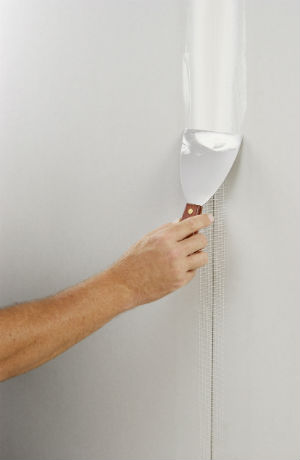
Plaster costs more than drywall.
Because plaster requires more of a specialized skill than drywall installation and takes longer to complete, the labor alone will usually run about three times higher or more than drywall installation. The material costs are comparable.
It’s easier to hang items on drywall, but it’s not impossible with plaster.
Plaster is harder and more brittle than drywall. Whereas with drywall it’s possible to push thumbtacks into the wall to hang up posters, you likely couldn’t pierce a plaster wall with the flimsy point of a tack. More importantly, you run the risk of chipping or cracking the plaster. If you need to hang an item like a picture frame on a plaster wall, use screws instead of nails to avoid potential damage—using a hammer on a plaster wall could be disastrous.
Plaster is more sound-proof, but drywall usually means better insulation.
A dense material, plaster blocks sound transmission much better than gypsum drywall. However, even though plaster is denser, it can’t beat the thermal capabilities of standard drywall coupled with modern insulation commonly found today. The drywall installation process allows for such flexibility to accommodate those layers. Retrofitting original plaster walls with insulation—as with most work on plaster walls—can prove challenging and still offer less energy-efficient payoff than drywall with insulation.
Plaster has a higher-end look.
It can be applied in either a smooth, glossy finish or a stucco-like textured finish. While drywall is the standard in most houses today, plaster is still used for a variety of aesthetic upgrades. For example, plaster may be the better choice on curved walls than the popular pick, drywall, since it’s difficult at best and impossible at worst to get drywall to bend as desired.
